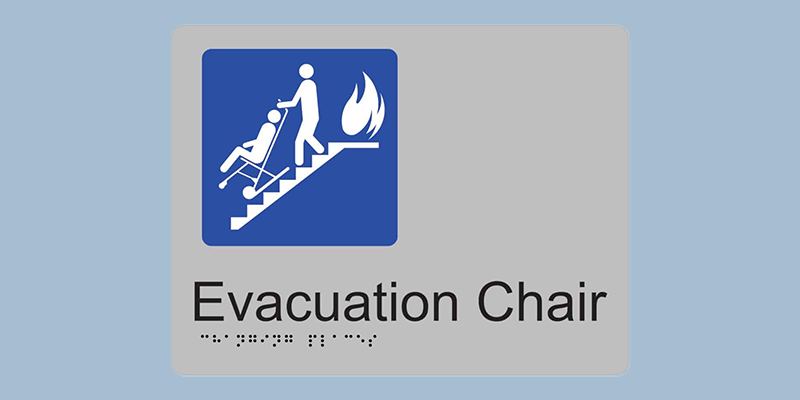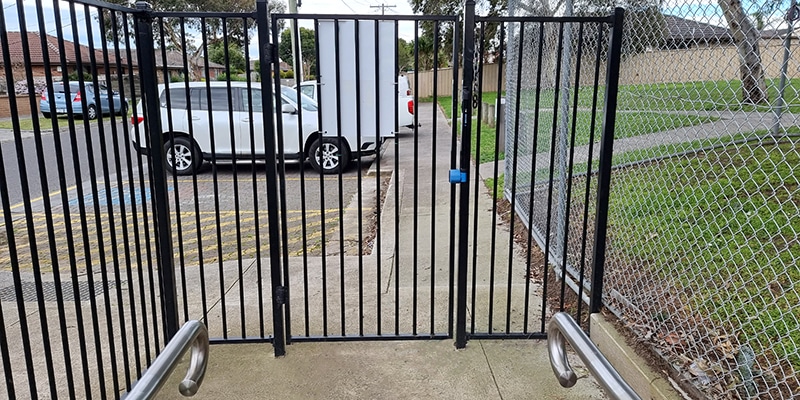We are driven by the desire to deliver a high quality consultancy service to the professionals that will shape the built environment.
We specialise in providing practical, sensible advice on disability access issues, including the Disability Discrimination Act, Building Code of Australia (and referenced Australian Standards), to a variety of organisations in both the public and private sectors.
This advice must consider the two streams of legislation, being the complaints based Disability Discrimination Act and the compliance based Building Code of Australia.
The objectives of the Disability Discrimination Act (DDA) are to make it unlawful to discriminate against persons with a disability in connection with employment, the provision of goods, facilities and services or the management of premises. The legal requirements of the Act affect the majority of existing commercial and public building occupiers.
The DDA provides protection for all people with disabilities across Australia and ensures everyone is treated equally and fairly, including any carers, friends, co-workers or relatives of people with disabilities.
Areas covered within the DDA include:
The Attorney-General has the power to make Disability Standards under the DDA to specify the rights and responsibilities of people with a disability, and these Standards provide further details on how DDA compliance can be achieved, providing certainty for everyone. There are three Standards under the DDA:
The Disability (Access to Premises-Buildings) Standards 2010 (or commonly referred to as the ‘Premises Standards’) set out the administrative provisions including exceptions and concession to the application of the Standards.
The Premises Standards aim to “ensure that dignified, equitable, cost-effective and reasonably achievable access to buildings, and facilities and services within buildings, is provided for people with a disability”.
Compliance with the Premises Standards also affords some certainty to those involved in projects, including property developers, building owners and practitioners that if access is provided in accordance with Premises Standards it will not be unlawful under the DDA.
The Premises Standards also includes an Access Code in Schedule 1 detailing the technical requirements of the Standard. An important aspect of the introduction of the Premises Standards is that the Access Code is also replicated within Volume One of the BCA.
The Building Code of Australia (BCA) includes Volumes One and Two of the National Construction Code (NCC). The BCA is produced and maintained by the Australian Building Codes Board (ABCB) and is adopted into each States and Territories building regulations.
The goal of the BCA is to “enable the achievement of nationally consistent, minimum necessary standards of relevant safety (including structural safety and safety from fire), health, amenity and sustainability objectives efficiently”.
The BCA contains technical provisions for the design and construction of all classes of buildings and structures, including structural requirements, fire resistance, access for people with disabilities, egress, services and equipment, energy efficiency and health & amenity.
The BCA and the Premises Standards consistently set out Performance Requirements that must be met using the technical ‘Deemed-to-Satisfy’ provisions, through a performance based ‘Alternative Solution’, or a combination of both.
Generally, compliance with the ‘Deemed-to-Satisfy’ provisions can be achieved, but for various reasons, in some cases the use of an ‘Alternative Solution’ may be desirable or will provide a better outcome.
Equal Access can help assure that your construction and alteration projects will comply with all applicable access provisions including the BCA, the AS1428 suite of standards and the Premises Standards, whilst mitigating risk under the DDA.
Discrimination occurs if, because of a person’s disability, the person is, or is proposed to be, treated less favorably than a person without the disability.

We are often asked to assess signage against the requirements of the Disability Access to Premise...
read more
For public transport operators, accessibility and ease of use are essential to design considerations across...
read more
If you’re a parent of young children in a kinder, preschool or childcare centre or visit a maternal child health centre (MCHC), you’ll...
read moreKeep up with Disability Access Legislation using our free e-newsletter. Save yourself the headache of complaints and expensive last-minute upgrades. Sign up here!